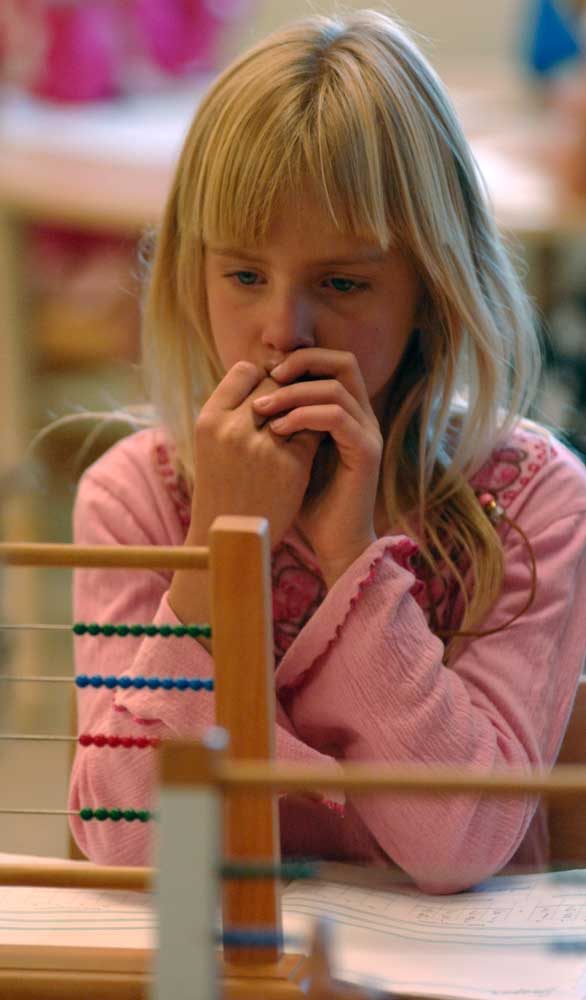This is the fourth article in the series: Key Ingredients for a Learning-Inspired “Classroom” at Home or in School
“An ordinary teacher cannot be transformed into a Montessori teacher, but must be created anew, having rid herself of pedagogical prejudices. The first step is self-preparation of the imagination, for the Montessori teacher has to visualize a child who is not yet there, materially speaking, and must have faith in the child who will reveal himself through work.”
Dr. Maria Montessori often spoke and wrote about the transformation of the teacher. Surely, in her oft-challenged life, she faced many moments that required transformation.[1] It was undoubtedly her own ability to transform personal challenge into triumph that led to the many “before-their-time” discoveries in child development, human tendencies, and personal spiritual satisfaction that remain the foundation of her method. Her many unique findings continue to be upheld in current-day educational best-practices around the world.
But this article’s not about Maria’s transformation, it’s about yours: the Montessori adult. You may be a parent, a trained guide, a support teacher in a Montessori school…it really doesn’t matter. To Dr. Montessori, your most important task is to be transformed.
But how? What are we supposed to do? Or, more importantly, who are we supposed to be?
The answer lies, at least in part, in the second half of the paragraph that contains the opening quote. Before I share it, brace yourself for an adjective that may bring uncomfortable feelings as you read. Montessori’s honest terms can feel blunt and socially inappropriate in our modern language. Be patient with your reaction and set it aside so you can take in the full intent of her words.
“The different types of deviated children do not shake the faith of this teacher, who sees a different type of child in the spiritual field, and looks confidently for this self to show when attracted by work that interests. She waits for the children to show signs of concentration.”
From these words, the complete paragraph, I take two pieces of direction:
The first is to educate oneself about the possibility of each and every child. As guides, we must first understand the developmental stages and human tendencies. We must know how the development and tendencies reveal themselves through the child’s actions. And we must use our imaginations to “see” into the future as each child fulfills her potential. We must be in constant service to creating the environment that will allow the secret within each child to reveal itself.
And then, secondly, we must have faith that in time, and with the right work, this child will reveal herself through concentration on those tasks that hold her interests.


Simple enough, but not easy. What are your next steps to achieving this “key ingredient”? You must know and trust that the environment is the essential element in which the child will find her passion. Your role is to prepare the environment with your knowledge of all the possibilities that may appeal to the child before you. You are the one to bring the critical pieces together and introduce them gently so the child may discover her interest and her enthusiasm.
And then you wait. You watch. You tweak. You watch some more. When you see that the child has found a work that holds her attention, you pull back and enjoy the new-found independence. You silently watch from afar so as not to interrupt, either with praise or sharing your observation. You release the impulse to respond so this child may fully experience her focus and her flow, knowing that you have witnessed a powerful moment in the spiritual development of the child.
“The first step to take…is to shed omnipotence and to become a joyous observer. If the teacher can really enter into the joy of seeing things …many delights are reserved for him that are denied to those who assume infallibility and authority in front of a class.”
[1] The reader will find added information of two significant challenges that are often left out of her biographies in this sensitive article by Dr. Robert Gardner, commissioned in 2012 by the Clanmore School in Oakville, Ontario. https://sites.google.com/site/thetriumphofmariamontessori/
